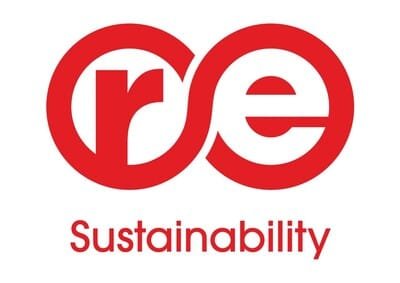Housing got a big boost
The healthcare got the highest priority in resource allocation and policy support including Rs.64,180 crore outlay under the Prime Minister Aatmanirbhar Swastha Bharat scheme from the Union Budget 2021-22 presented by Finance Minister Nirmala Sitharaman in parliament on 1 Feb 2021.
“It bodes well for healthcare facilities and wellness-oriented real estate,” said Anuj Puri, Chairman of ANAROCK Property Consultants in welcoming the budget.
Further, FY 2021-22 capital expenditure outlay at Rs.5.54 lakh crore to ensure that the target of becoming a US$5 trillion economy by 2025 is well on track. This will positively impact infrastructure, connectivity of Tier II cities, and job creation for SMEs and MSMEs – thereby benefitting the target customers of affordable housing.
For the ‘Aam Aadmi’, personal tax relief by way of tax rate cuts or favourably readjusted tax slabs topped demand and the FM failed to deliver on it. An upward revision in the deduction limit under Section 80C (at Ra.1.5 lakh a year) was long overdue and increasing this limit would have increased disposable incomes, inevitably pushing up consumption. It would have also helped improve consumer sentiments across sectors – the real need of the hour.
As anticipated, affordable housing and rental housing got a big boost with the government extending the period for extra deduction of Rs.1.5 lakh available for loans up to 31 March 2022. This will keep demand buoyant for affordable housing in 2021 as well. Further, the extension of the tax holiday for affordable housing projects for one more year will help bring in more new supply within this segment.
As per ANAROCK Research, affordable housing already accounts for more than 35% of the supply across the top seven cities in the country.
Infrastructure got a major push. Infra works proposed include building 8,500-km of highways by March 2022. There were big infra sops announced for poll-bound states including West Bengal, Tamil Nadu, Kerala and Assam.
The government also announced the Bill to set up Development Finance Institution (DFI) providing Rs.20,000 crore to boost infrastructure projects. The Modi government has not lost sight of its USP of infra creation, which will help connect more areas and thus open them up for real estate development.
Customs duty on steel reduced to 7.5% will create some space to real estate developers who may not be in a position to increase prices immediately.
The announcement to set up 7 mega textile parks with plug-and-play facility in three years will unlock the potential of new markets for development and provide an impetus to real estate assets, including logistics and warehousing.
Post the pandemic, the chances of NPAs growing are significantly high. The Budget announced the setting up of ARCs to help banks to cushion the impact of the pandemic. Besides the setting up the long-awaited bad bank, the government will also infuse Rs.20,000 crore into public sector banks as part of its recapitalisation plan.
All in all, the budget was broad-based with special emphasis on building robust healthcare infrastructure, physical infrastructure and affordable housing. It will result in job creation in the informal sector, which was severely impacted by the pandemic. Creating buoyancy in the job market will benefit the Indian economy in the long run.
The focus on rural job creation will also give a boost to affordable housing, which will help increase housing demand in tier 2 & 3 cities, said Puri.
Expectations across sectors were at an all-time high, though the fiscal pressures on the finance ministry are nothing short of crippling amidst the estimated economic growth contracting by 7.7%. #economy #budget #health #infrastructure #investment #projects /fiinews.com









